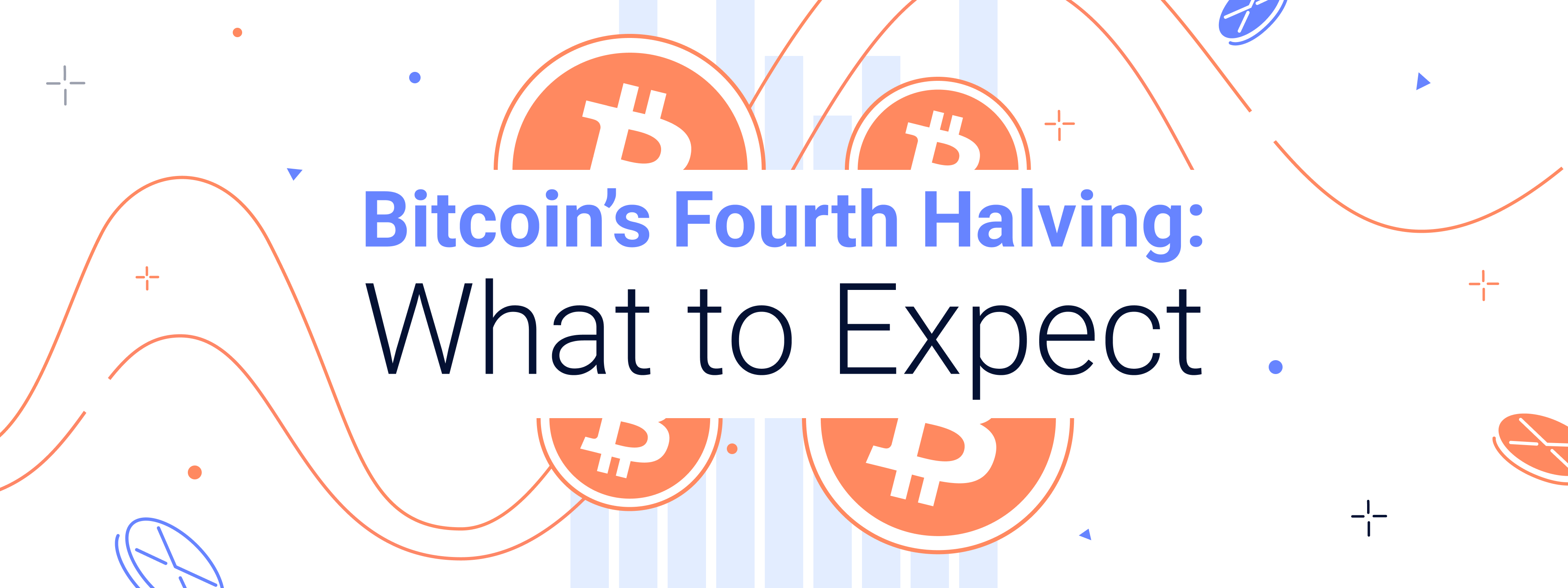The Bitcoin Halving is a major event that happens roughly every four years. Block rewards – the additional bitcoins created and distributed to miners to pay them for securing the network – are cut in half. This Halving, which is likely to take place in April 2024, will see block rewards cut from the current 6.25 BTC to 3.125 BTC.
This will be the fourth Halving event, following the ones that took place in November 2012, July 2016, and May 2020. There is much speculation about what might happen as a result of this drop in new supply, but all we can really know for sure is what’s built into the Bitcoin protocol.
Bitcoin: The Hardest Money On Earth
When Satoshi Nakamoto created Bitcoin, he wanted to launch a form of online money that was fully decentralised, with no single points of failure or sources of interference.
This not only meant enabling trustless transfers, which did not rely on banks or other payment processors. It meant addressing the shortcomings of conventional monetary policy by fixing the issuance of the currency.
Bitcoin’s supply increases at a pre-programmed rate that is hard-coded into the protocol. For the first 210,000 blocks, 50 new BTC per block were created. Blocks are created on average every 10 minutes, meaning that halvings occur roughly every four years. Following the first Halving, the increase fell to 25 BTC per block, then 12.5 BTC per block, and then the current 6.25 BTC per block.
The idea was that high inflation in the early days would help bootstrap Bitcoin’s adoption by providing a high level of rewards for miners, but those would tail off over time. Ultimately, block rewards will be reduced to a negligible level, and will stop altogether around 2040. At this point, all the BTC that will ever exist will have been mined, and the supply will be 21 million.
Given Bitcoin’s 10-minute block time, the fourth Halving should happen around 20 April, 2024. Only 450 BTC will be mined every day, or 164,250 per year for the next four years after that. This will mean that Bitcoin’s inflation rate, or stock-to-flow ratio (S2F is the amount of new supply compared to existing supply) will drop to 0.83%.
This is below the target rate of inflation (2%) for most fiat currencies like the US dollar, and far lower than actual inflation. It is also lower than the S2F ratio for gold, making Bitcoin the hardest currency in the world.
The Possible Market Impact Of The Halving
The Halving is always awaited with interest by traders and investors because it has significant implications for the price of BTC. If demand remains the same, but new supply is cut in half, this suggests that price needs to increase to compensate.
On previous occasions, the Halving has taken place around halfway through the market cycle, and has coincided with a dramatic rise in price – although it is most likely only one contributing factor. Because the drop in supply at each Halving is known in advance, since it is hard-coded into the Bitcoin protocol, traders have plenty of time to prepare. In the past, price has risen going into the Halving (as it has this time) and, following a period of relative calm, has accelerated upwards afterwards, peaking in a speculative bubble each time.
There is therefore considerable interest in the idea that the same might happen again this time, with falling supply helping to push BTC to new highs.
Against this possibility, critics suggest there may not be the effect many in the community are waiting for. Researchers at investment bank JPMorgan argue that because the supply cut is known in advance, traders have time to position accordingly, and the Halving is already priced in. However, this was clearly not the case with previous Halvings.
Bitcoin Miners
One segment of the Bitcoin ecosystem that may be looking at the Halving with more concern is miners. Bitcoin miners invest in specialist hardware and use large amounts of electricity to help secure the network and process transactions. They pay these expenses by selling some or all of the BTC they receive from block rewards.
When the new supply is cut in half, the price of BTC will need to double to ensure the same level of compensation. Less efficient miners – particularly smaller miners using older hardware – may go out of business, reducing overall network hashrate (the total processing power used to secure the network).
Like everyone else, miners will have had plenty of time to prepare, but it’s likely that many miners will go offline after the Halving, unless the price rises dramatically. In previous Halvings, hashrate has dropped markedly, taking at least several weeks to recover. There are estimates that hashrate could fall between 20 and 30 percent this time, as unprofitable miners switch off their rigs. Less competition means that remaining miners earn a larger percentage of the available rewards, and mining eventually becomes more efficient as a result.
Conclusion: Digital Gold
Bitcoin’s regular block reward Halvings are one of the things that make the digital asset so exciting, and give it its reputation as ‘digital gold’. With predetermined issuance and a transparent emission schedule, Bitcoin’s supply is more predictable than that of any other asset in the world. And, unlike gold and other precious metals, where miners can work harder to produce and refine more if the price makes it worthwhile for them, in Bitcoin’s case, nothing can change the emission algorithm.
These unique properties make Bitcoin unlike any other store of value in the world, and make the next Halving one of the most important events in the crypto community’s calendar for 2024.


